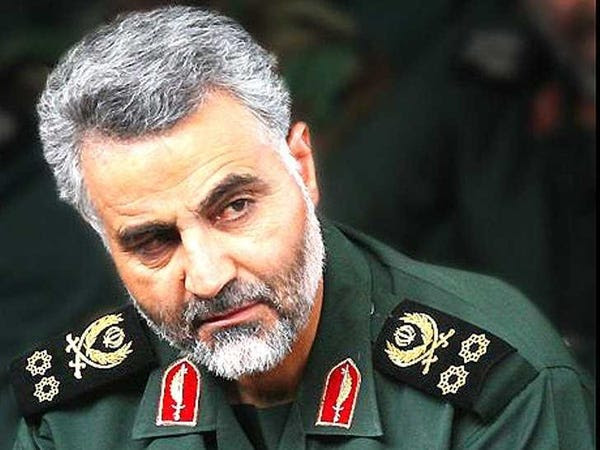by Joel Wing on Dec 16, 2014, 1:08 PM
In November 2014 an Iranian jet was filmed carrying out a bombing mission in Iraq’s Diyala province. Iran was already known to have mobilized its militia allies, sent in advisers and military equipment, and brought in Lebanon’s Hezbollah to help Baghdad.
General Qasim Suleimani, the head of the Iranian Revolutionary Guards' Quds Force, is all over social media with pictures showing him providing leadership to Iraqi forces.
Sending in air support seemed like the next natural step for Iran’s strategy in Iraq.
Iranian planes supported an Iraqi military operation to retake two villages from the Islamic State (ISF) in Diyala. In the middle of November Iraqi Security Forces, militias, and the peshmerga started a campaign to retake Jalawla and Sadiya in northeast Diyala, which was completed on November 23.
During that period Al Jazeera filmed an Iranian F-4 Phantom jet flying over the area. According to an Iranian military expert, Tehran was carrying out air missions there from November 18-23 using F-5 and F-4 jets as well as UAVs.
The planes were said to be flying out of Kermanshah air base in Iran. An Iranian politician was quoted in the Los Angeles Times saying that Tehran considered the Sadiya and Jalawla area a buffer zone because it is close to the border, thus explaining Iranian intervention there.
This was the first hard evidence that Iran had committed air assets to the fight in Iraq. But they had been there for some time and still continue to operate.
Iranian air power was supposedly part of a security agreement between Iraq and Iran. After the fall of Mosul Prime Minister Nouri al-Maliki allegedly signed a deal with Tehran to provide military assistance to the Iraqi forces, including through air assets.
By the end of June there were the first reports of Iranian drones based out of Baghdad flying over Iraq to collect intelligence. In July several Su-25 fighter-bombers were delivered to Iraq from Russia. But that included planes from Iran as well.
That same month an Iranian Revolutionary Guards pilot named Shojat Almdari was killed in the Samarra area of Salahaddin. He was probably acting as a forward air controller for air strikes there.
Iranians were carrying out many of these missions and flying the Su-25s as well. In November an Iraqi pilot told the Guardian that Iranians were regularly manning Iraqi air force planes and helicopters in combat and supply missions.

He said they were operating out of Rasheed air base in Baghdad. There were more reports of bombing and close air support missions on November 29 and 30 and December 1 and 2 in Iraq. Iranians are supposedly in the air inSalahaddin and flying in support of ongoing ISF and militia operations there.
Finally, Iran is providing training to Iraqi pilots on Su-25s, and MiG-23s and 29s at the Kermanshah air base. The Iraqi Air Force is undermanned and lacks fighter jets and trained pilots. Given that situation and all the other military support Iran has already given it was no surprise that it would send in some of its air power as well to help Baghdad.
Only now is the extent of this support becoming public. But Iran should have been expected this to happen.
Iran has a two-fold strategy in Iraq. First, it wants to provide military assistance to make sure that the Islamic State is turned back and eventually defeated. It also wants to expand its influence within the Iraqi state through the military and bureaucracy.
It is currently achieving both of these goals. Tehran is now considered one of the main defenders of the country and Iraqi politicians regularly praise its help and give it cover for its operations. It has also garnered popular support as well amongst some Iraqis.
This will all go a long way to make sure that Iran maintains its power within the country after the war is over.
No comments:
Post a Comment